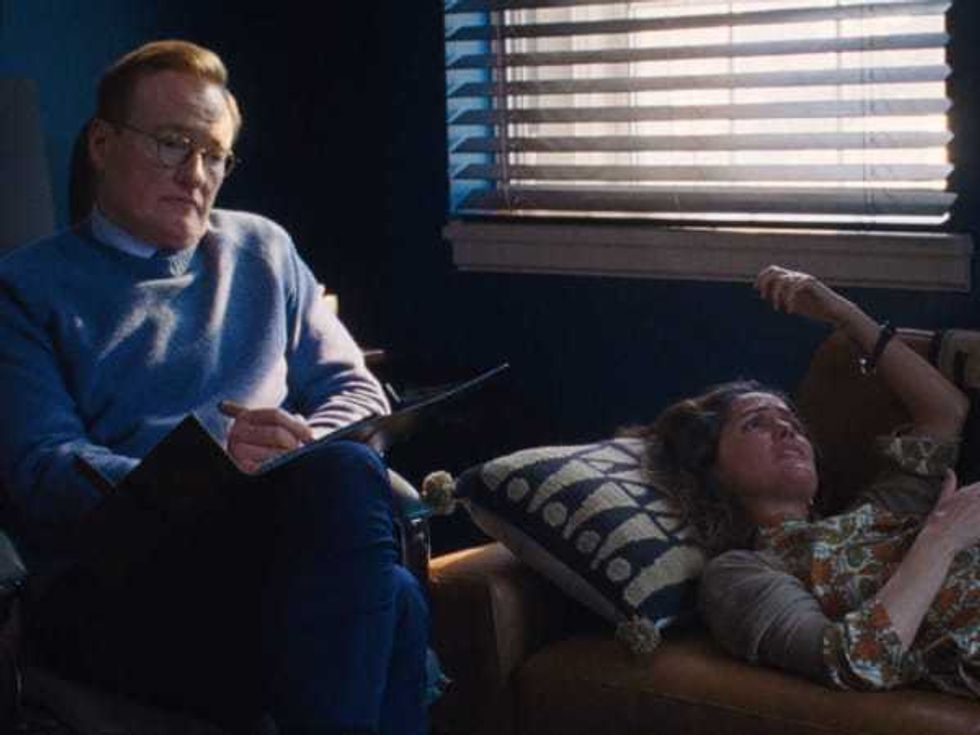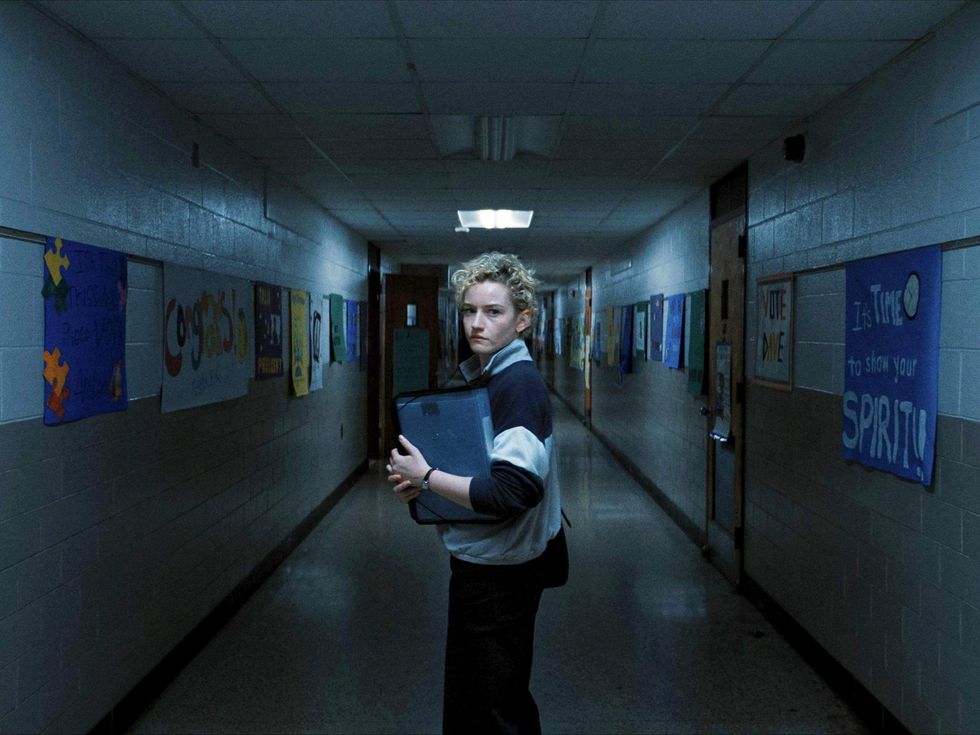Meteor News
How to see the Draconid meteor shower in Houston this week

Get away from the city lights for the best views.
A meteor shower will be visible from most of North America, including Houston, during the week of October 6-10.
The Draconid meteor shower – also called the Giacobinids – is predicted to produce the most meteor activity on the night of October 7 and through the early hours of October 8. The peak is expected to occur at 12 am on Monday night/Tuesday morning.
But there will still be sightings on subsequent nights, stargazing experts say, with the overall duration of the shower extending from October 6-10.
According to EarthSky, a cool website devoted to all things starry, the Draconids will be visible right after it gets dark, rather than the more common early morning hours most meteor showers are visible.
The best time will be just after sunset, until around midnight. Viewers won't have to stay up until the crack of dawn.
Helping to make the meteor even more visible is a waxing moon, barely a crack — only 27 percent illuminated — which will cast less light and keep the sky darker overall.
EarthSky says that the meteors are radiating from two stars known as the Dragon’s Eyes, called Eltanin and Rastaban, found in the constellation Draco. It is located in between the Big Dipper and the Little Dipper.
However, the meteor shower will be visible across the sky.
The shower is dubbed a "sleeper" in that it produces only a handful of meteors — 10 per hour. But they move slower, so the duration of each streak of light sometimes lasts longer — one to two seconds, rather than a rapid flash.
Meteor showers consist of debris left behind by comets and asteroids, which throw off bits of rock and ice as they orbit the sun. The Draconids are the result of Earth passing through this trail from the comet 21P/Giacobini-Zinner. The comet completes an orbit of the sun about every seven years, and according to CNN, the last time got this close to Earth was in September 2018.
The best way to see it is to find a place that's far from artificial light, then lie on your back and look up at the sky with a wide view. No special equipment is needed.











